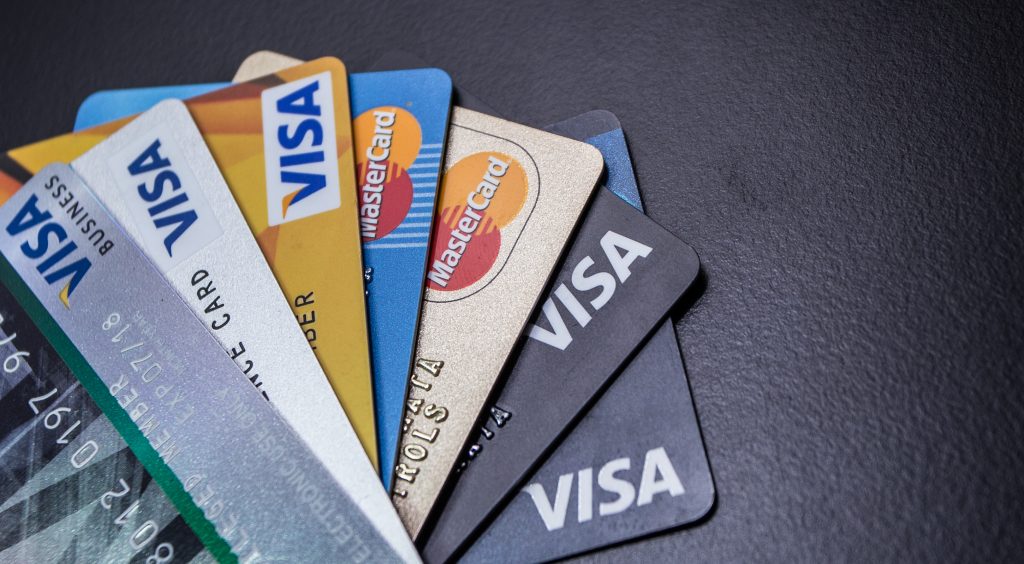Credit card borrowing in Saudi Arabia witnessed a significant uptick, reaching SAR 27 billion ($7.2 billion) in 2023, which translates to a 17 percent increase over the previous year, as revealed by the Saudi Central Bank’s data.
An examination of the central bank’s information, commonly referred to as SAMA, points to several factors fueling this growth: the accessibility of credit cards, attractive rewards programs, and a national preference for online and international transactions.
The Mastercard’s New Payments Index report demonstrates a strong trend towards digital payment solutions in Saudi Arabia, with technology playing a crucial role in shaping how transactions are conducted.
Mastercard’s Country Manager for Saudi Arabia and Bahrain, Maria Medvedeva, stressed the significance of cross-border payments for the local market, citing convenience and security as primary motivators.
“Saudi Arabia boasts a sophisticated landscape of consumers and businesses that depend on cross-border payments for their day-to-day operations,” Medvedeva articulated.
She further noted, “Our latest findings reveal that these transactions are essential for many in the Kingdom, and our research emphasizes the demand for convenience and security among our clients.”
Unlike fixed-term consumer loans, credit card users benefit from the flexibility in borrowing and repayment, with options for both online and offline purchases. Timely monthly repayments of credit card balances can save users from interest charges, while carrying forward balances might lead to substantial interest fees.
A Boston Consulting Group study forecasts that credit card loans will become the second-largest source of retail loan volume growth in Saudi Arabia, with a projected compounded annual growth rate of 10.2 percent, due in part to its current low market penetration.
Credit cards are not just a means for cashless spending but also offer a suite of rewards and incentives. Many issuers provide perks such as cashback, airline miles, hotel points, or loyalty rewards for card usage, enriching the cardholder’s experience with valuable benefits.
On the other hand, consumer loans saw a 2 percent decrease during the same frame, totaling SAR 441.83 billion. Within this segment, however, areas such as education, tourism and travel, as well as vehicle and private transport loans experienced growth.
Education loans saw the highest rise at 18 percent, reaching SAR 7.46 billion, followed by tourism and travel loans which increased by 13 percent to SAR 918 million. Loans for vehicles and private transportation also grew by 3 percent, amounting to SAR 11.3 billion. These figures exclude real estate financing, finance leasing, or margin lending as per SAMA’s report.
According to a study by the Bank for International Settlements, the boost in consumer loans is due to the nation’s young and growing populace seeking financing for diverse needs, and the banks’ employment of an interbank payment system to secure loans with salary assignments from borrowers.
The establishment of the Saudi Credit Bureau has also aided banks in making informed lending decisions by providing updated customer creditworthiness data.
Consumer loans, often chosen for educational expenses, offer high borrowing caps, set repayment schedules, and potentially lower interest rates, especially when backed by collateral. These loans provide a lump sum upfront, allowing for full coverage of education costs.
In summary, while credit cards offer the allure of flexibility and convenience, they also pose risks of higher costs and potential debt accumulation if mismanaged. These cards typically come with higher, variable interest rates compared to consumer loans, which might be more suited for significant expenditures due to their larger borrowing capacity.
